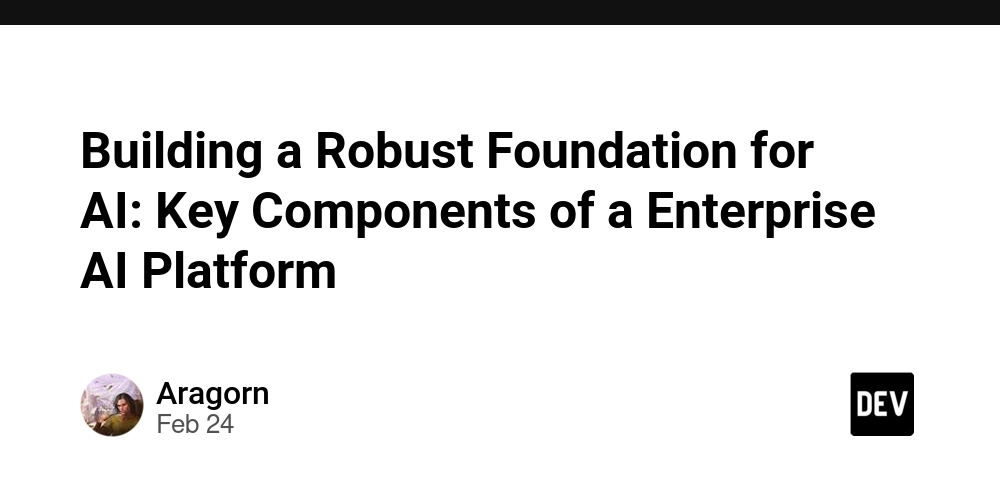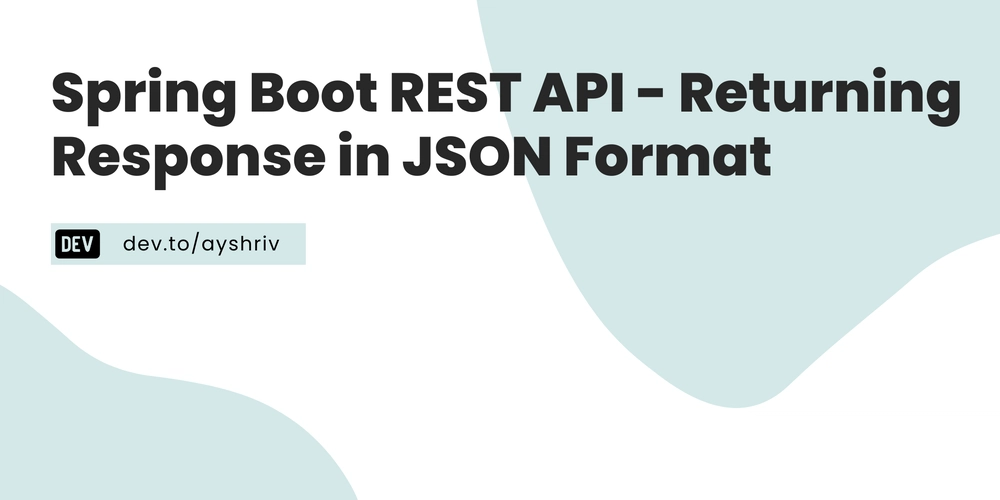The Rise of AI Art Generators: Redefining Creativity in the Digital Age
The Rise of AI Art Generators: Redefining Creativity in the Digital Age In recent years, AI art generators have surged in popularity, transforming the way we think about art and creativity. From surreal landscapes to photorealistic portraits, these tools can produce stunning visuals at the click of a button. But how do they work, and what does this mean for the future of art? What Is an AI Art Generator? An AI art generator is a tool that uses artificial intelligence, specifically deep learning models like GANs (Generative Adversarial Networks) or diffusion models, to create artwork based on input from users. This input can be a text prompt (like "a cat surfing a rainbow wave in space"), an image to stylize, or even a combination of multiple elements. Popular examples include: DALL·E by OpenAI Midjourney Stable Diffusion Artbreeder These tools analyze vast datasets of images and learn patterns in colors, shapes, textures, and styles to generate new, unique artworks. How It Works At the core of most AI art generators is a neural network trained on millions (or even billions) of images. The system learns to: Understand the meaning of a text prompt (via natural language processing). Translate that prompt into visual elements. Generate an image that aligns with both the prompt and learned artistic patterns. Modern models like Stable Diffusion use a process called latent diffusion, which generates images by "denoising" random noise in a latent space to gradually form coherent pictures. Applications and Use Cases AI art generators are being used in a variety of industries: Marketing and advertising: Fast visual content creation. Video games and film: Concept art and environment design. Interior design: Visualizing décor ideas and layouts. NFTs and digital collectibles: Unique, generative artwork. Education and experimentation: Teaching creative processes and AI. Even casual users and hobbyists are diving into the world of AI art, turning their imaginations into visuals without needing traditional artistic skills. Ethical and Creative Debates While the technology is exciting, it has sparked debates: Originality and plagiarism: Some artists claim AI tools are trained on their work without consent. Job displacement: Concerns that illustrators and designers may be replaced. Copyright and ownership: Who owns AI-generated art — the user, the developer, or the AI? These questions are still being explored as the legal and ethical frameworks catch up to the tech. The Future of AI-Generated Art Rather than replacing human artists, many believe AI will augment creativity, acting as a tool that inspires and accelerates the creative process. As these tools evolve, we may see a new era where art is a collaboration between human imagination and machine intelligence.
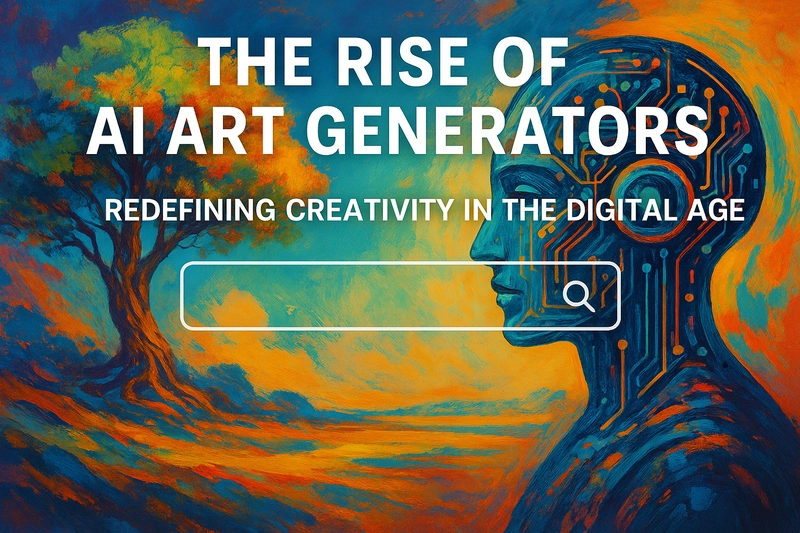
The Rise of AI Art Generators: Redefining Creativity in the Digital Age
In recent years, AI art generators have surged in popularity, transforming the way we think about art and creativity. From surreal landscapes to photorealistic portraits, these tools can produce stunning visuals at the click of a button. But how do they work, and what does this mean for the future of art?
What Is an AI Art Generator?
An AI art generator is a tool that uses artificial intelligence, specifically deep learning models like GANs (Generative Adversarial Networks) or diffusion models, to create artwork based on input from users. This input can be a text prompt (like "a cat surfing a rainbow wave in space"), an image to stylize, or even a combination of multiple elements.
Popular examples include:
- DALL·E by OpenAI
- Midjourney
- Stable Diffusion
- Artbreeder
These tools analyze vast datasets of images and learn patterns in colors, shapes, textures, and styles to generate new, unique artworks.
How It Works
At the core of most AI art generators is a neural network trained on millions (or even billions) of images. The system learns to:
Understand the meaning of a text prompt (via natural language processing).
Translate that prompt into visual elements.
Generate an image that aligns with both the prompt and learned artistic patterns.
Modern models like Stable Diffusion use a process called latent diffusion, which generates images by "denoising" random noise in a latent space to gradually form coherent pictures.
Applications and Use Cases
AI art generators are being used in a variety of industries:
- Marketing and advertising: Fast visual content creation.
- Video games and film: Concept art and environment design.
- Interior design: Visualizing décor ideas and layouts.
- NFTs and digital collectibles: Unique, generative artwork.
- Education and experimentation: Teaching creative processes and AI. Even casual users and hobbyists are diving into the world of AI art, turning their imaginations into visuals without needing traditional artistic skills.
Ethical and Creative Debates
While the technology is exciting, it has sparked debates:
- Originality and plagiarism: Some artists claim AI tools are trained on their work without consent.
- Job displacement: Concerns that illustrators and designers may be replaced.
- Copyright and ownership: Who owns AI-generated art — the user, the developer, or the AI?
These questions are still being explored as the legal and ethical frameworks catch up to the tech.
The Future of AI-Generated Art
Rather than replacing human artists, many believe AI will augment creativity, acting as a tool that inspires and accelerates the creative process. As these tools evolve, we may see a new era where art is a collaboration between human imagination and machine intelligence.










































































































































































![[The AI Show Episode 144]: ChatGPT’s New Memory, Shopify CEO’s Leaked “AI First” Memo, Google Cloud Next Releases, o3 and o4-mini Coming Soon & Llama 4’s Rocky Launch](https://www.marketingaiinstitute.com/hubfs/ep%20144%20cover.png)














































































































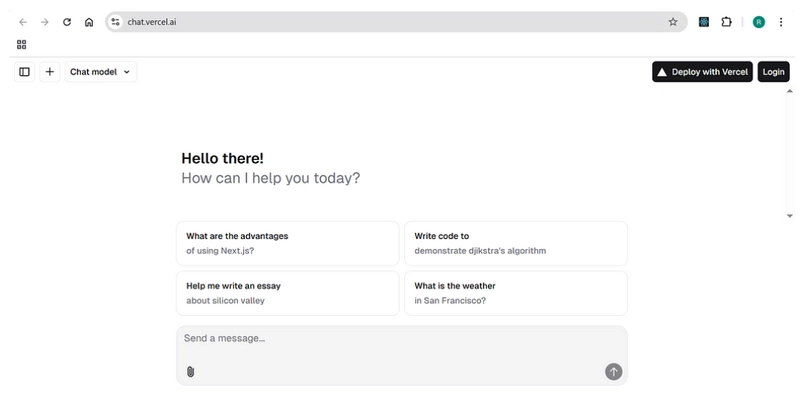

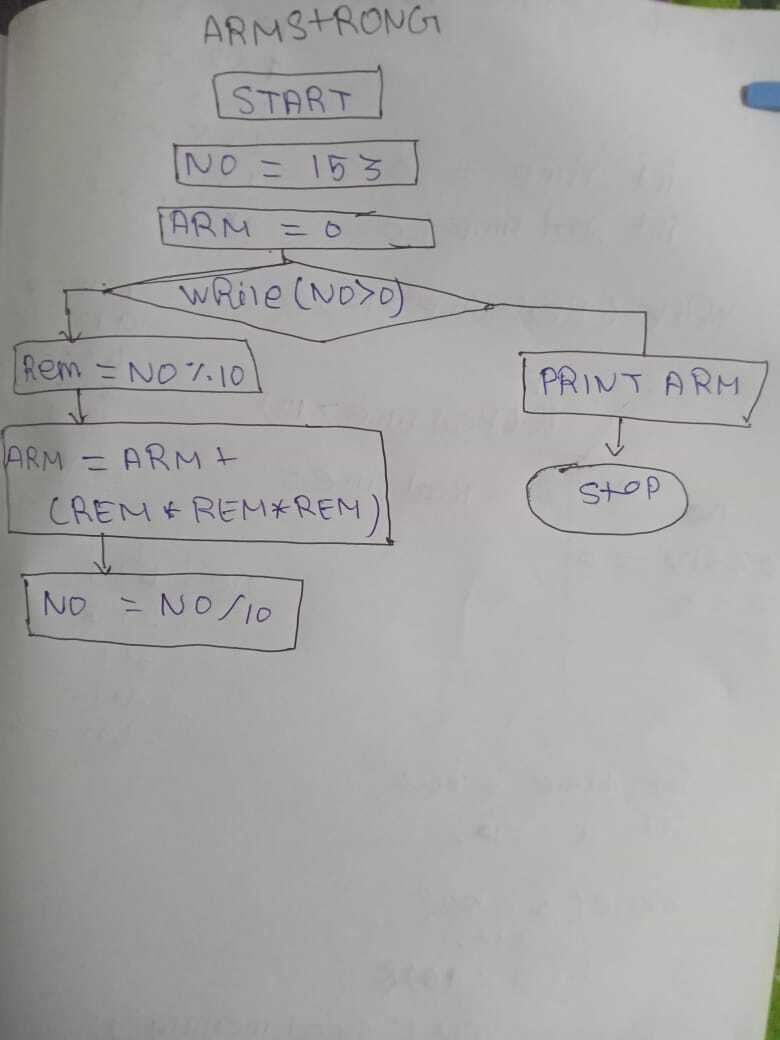
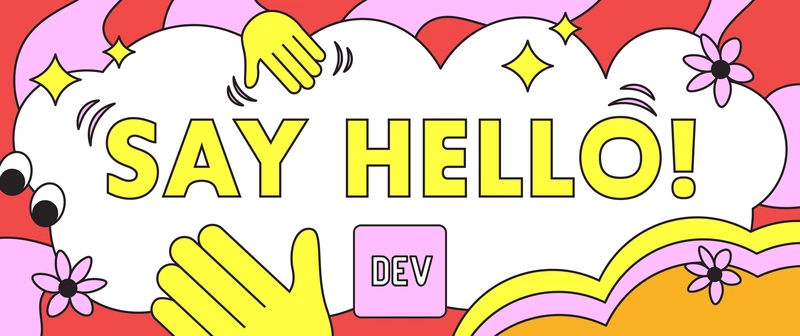




















































































![Blue Archive tier list [April 2025]](https://media.pocketgamer.com/artwork/na-33404-1636469504/blue-archive-screenshot-2.jpg?#)
































.png?#)









-Baldur’s-Gate-3-The-Final-Patch---An-Animated-Short-00-03-43.png?width=1920&height=1920&fit=bounds&quality=70&format=jpg&auto=webp#)


















































































































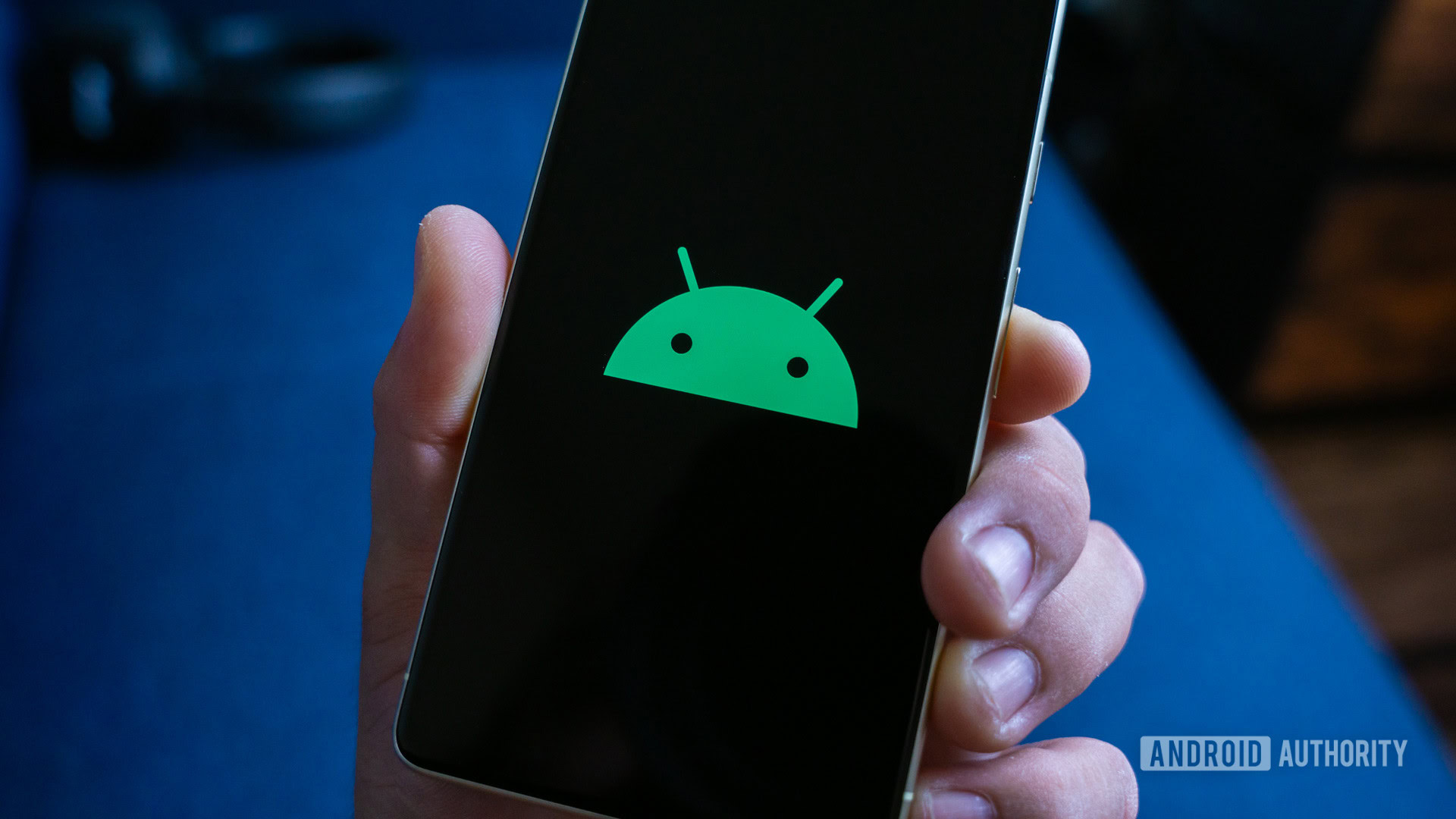



















![Apple to Split Enterprise and Western Europe Roles as VP Exits [Report]](https://www.iclarified.com/images/news/97032/97032/97032-640.jpg)
![Nanoleaf Announces New Pegboard Desk Dock With Dual-Sided Lighting [Video]](https://www.iclarified.com/images/news/97030/97030/97030-640.jpg)

![Apple's Foldable iPhone May Cost Between $2100 and $2300 [Rumor]](https://www.iclarified.com/images/news/97028/97028/97028-640.jpg)
































































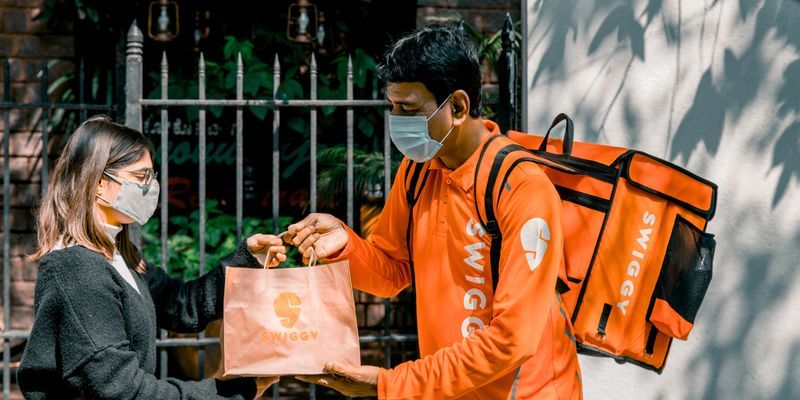
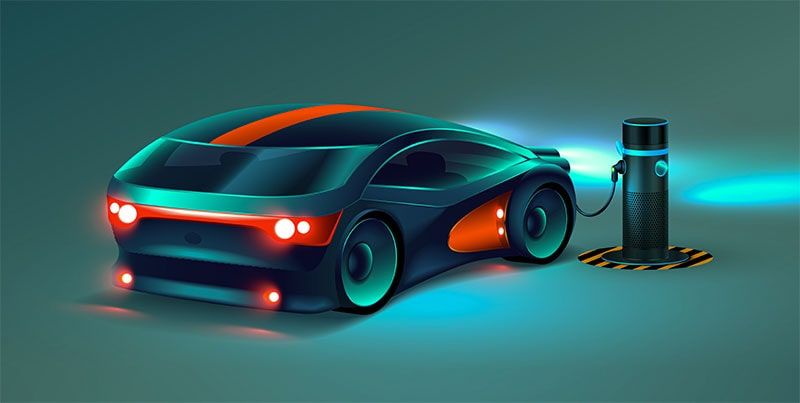





























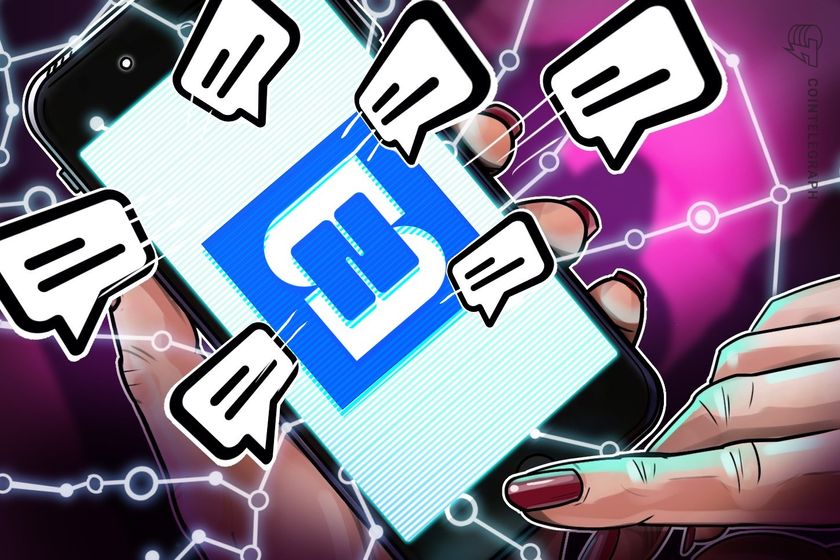
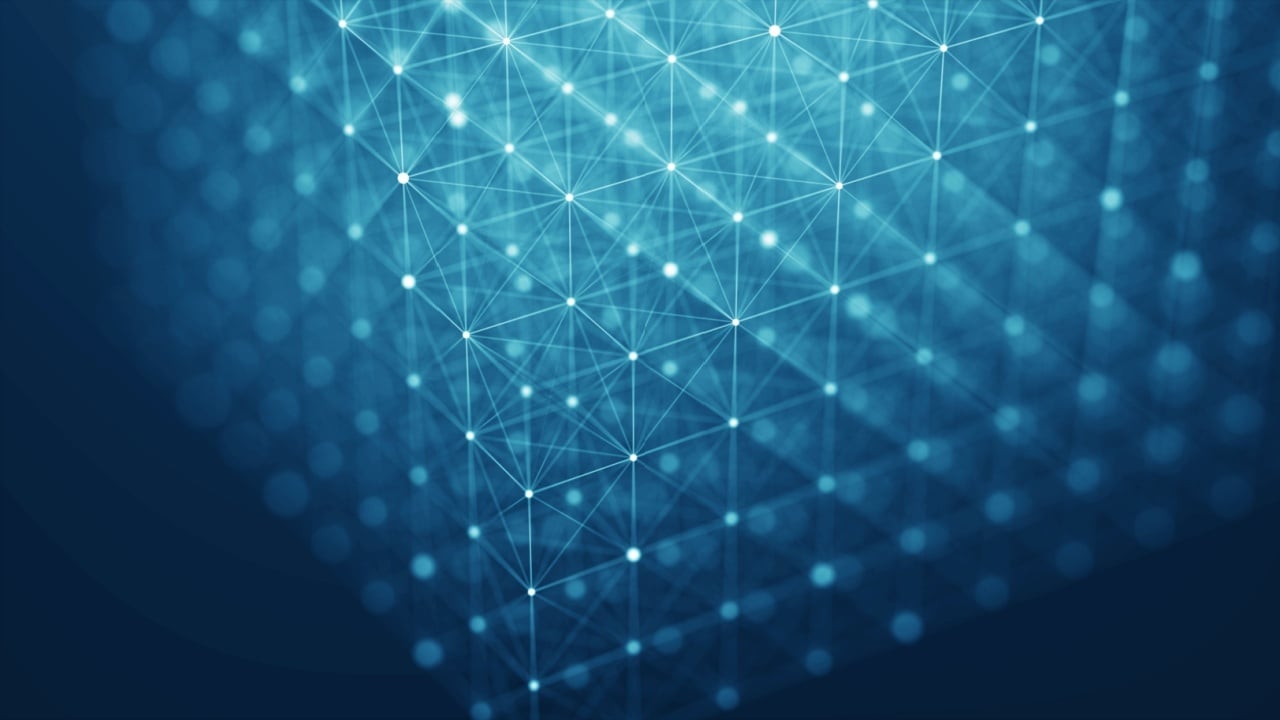

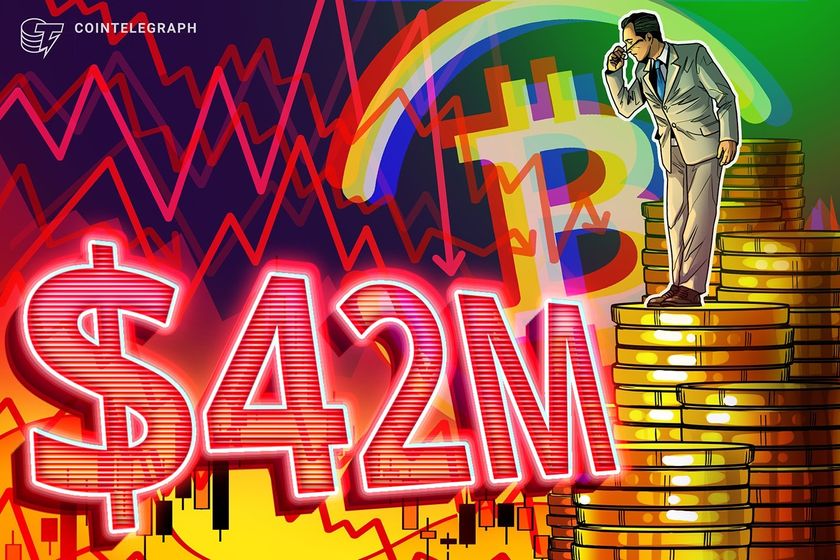




















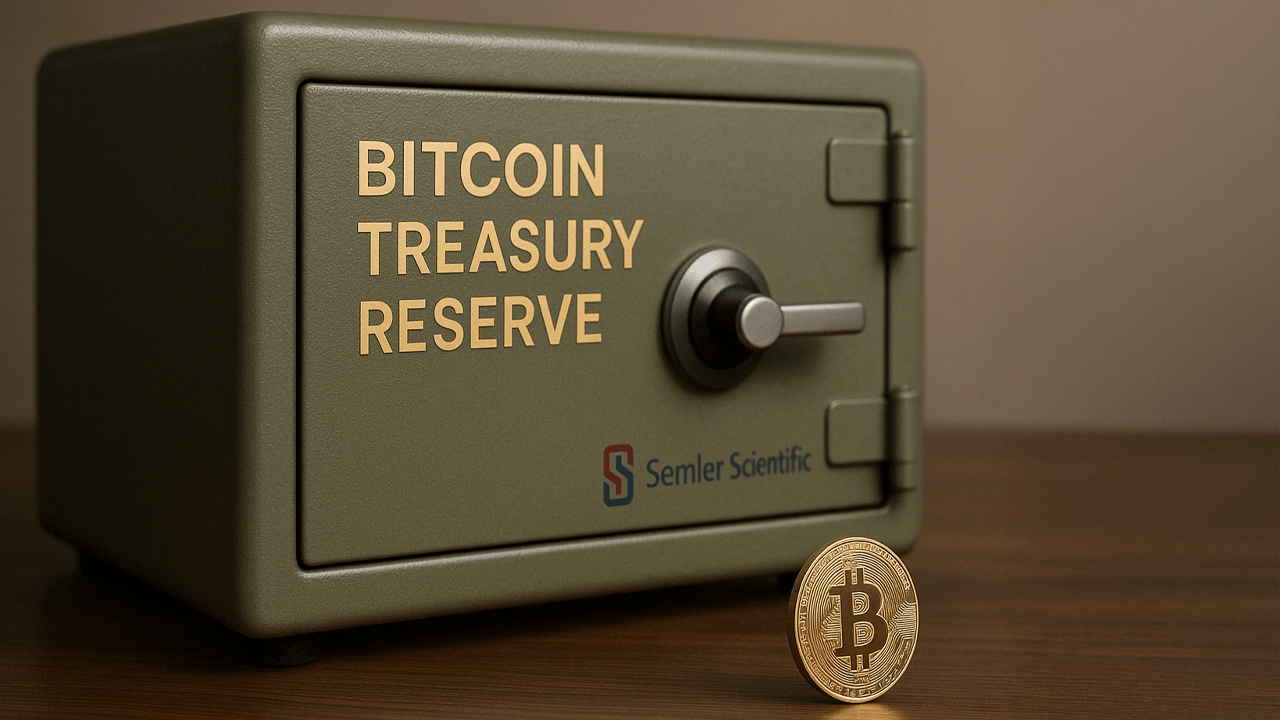
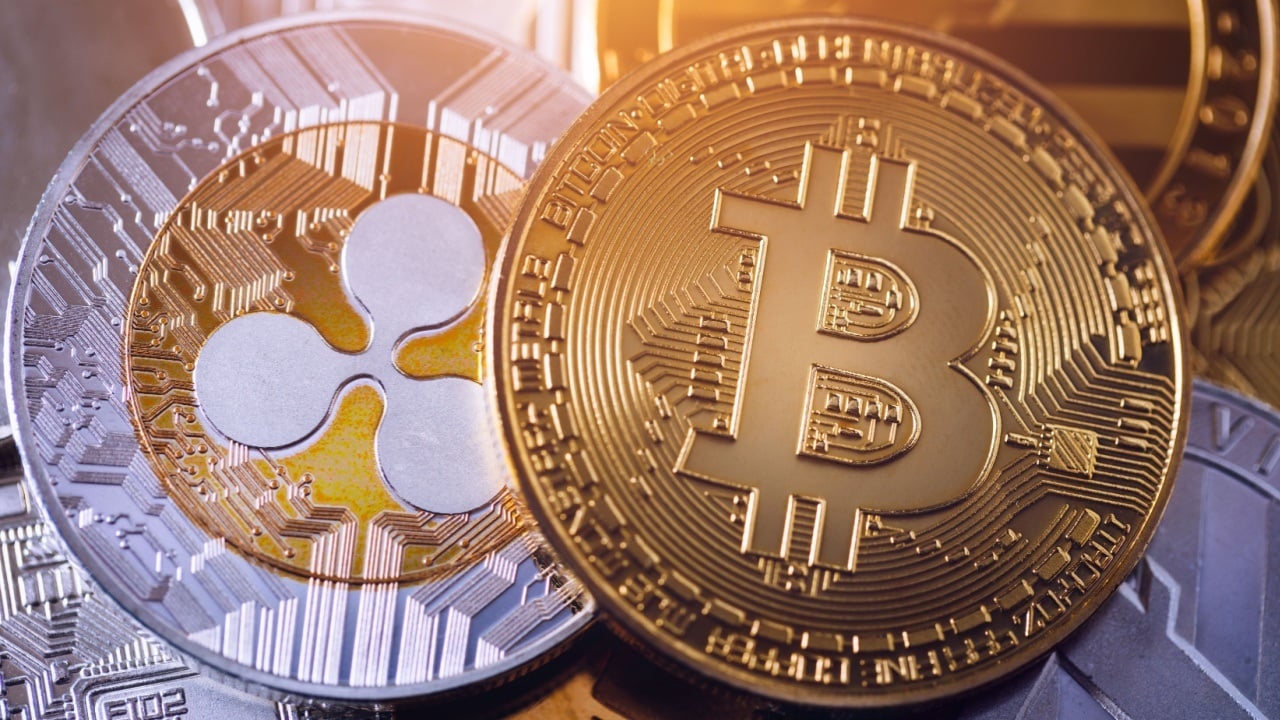
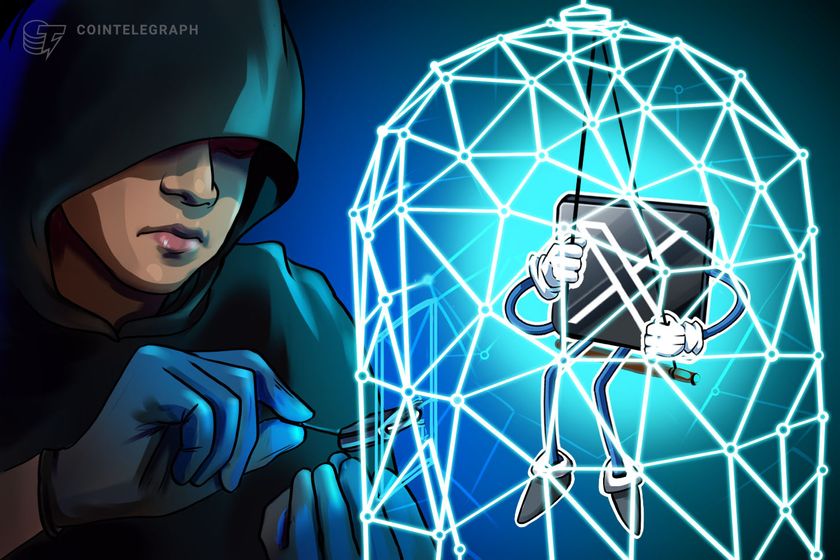

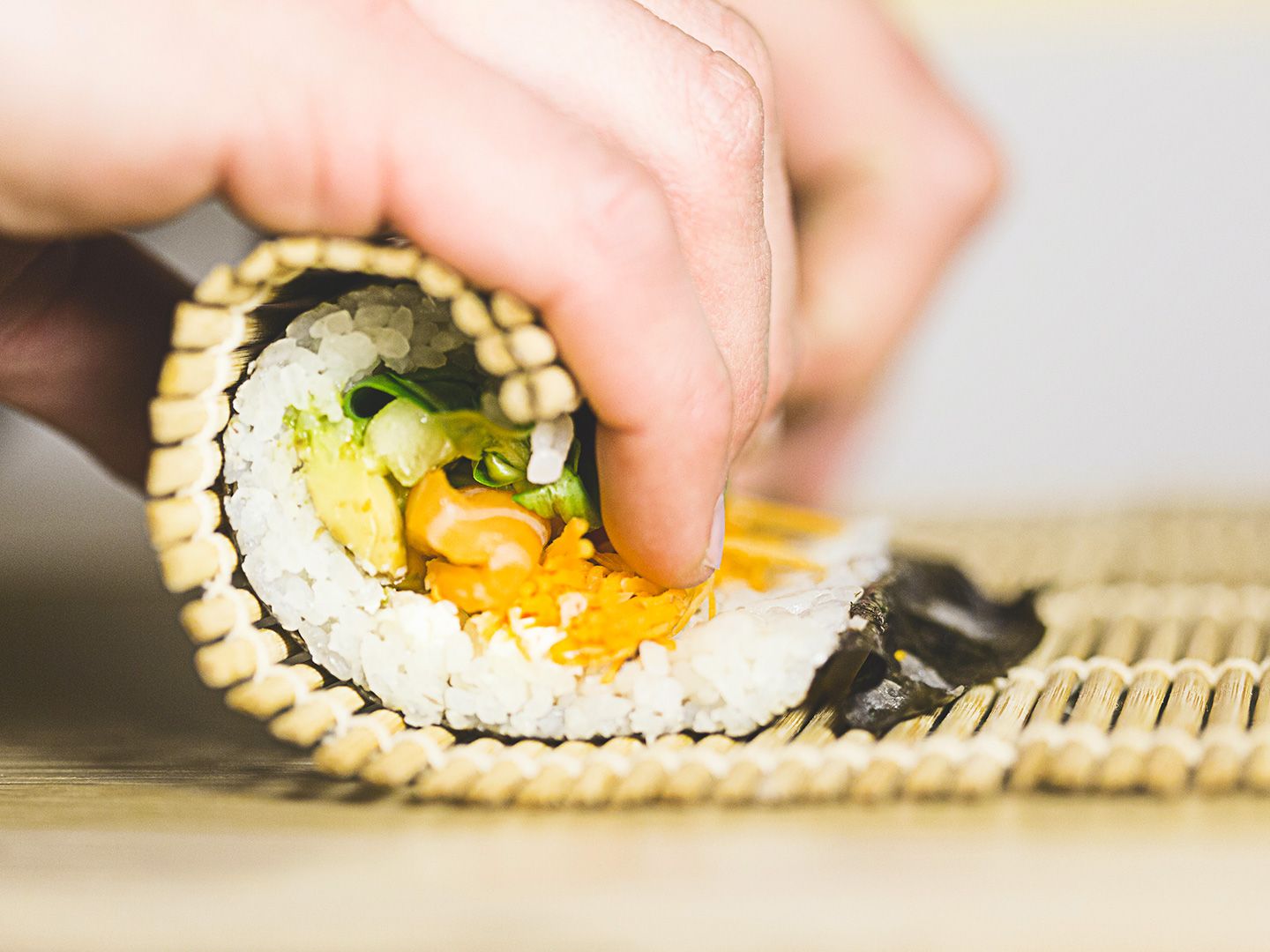

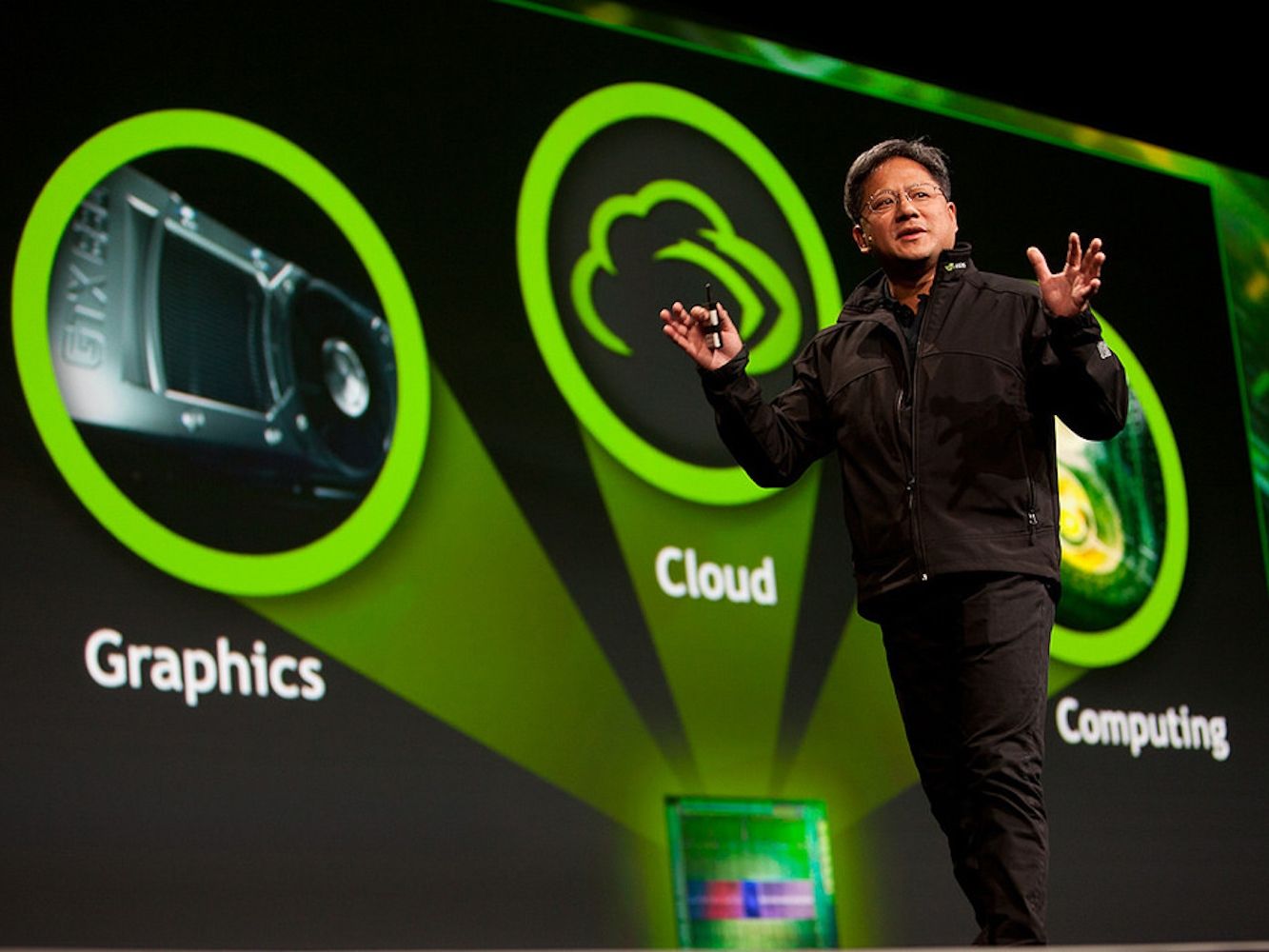

![What’s in My Bag: The Essentials for a Productive Day at the Office [2025]](https://media2.dev.to/dynamic/image/width=800%2Cheight=%2Cfit=scale-down%2Cgravity=auto%2Cformat=auto/https%3A%2F%2Fdev-to-uploads.s3.amazonaws.com%2Fuploads%2Farticles%2F8txa1i3oh3nw6ak6isds.jpeg)
